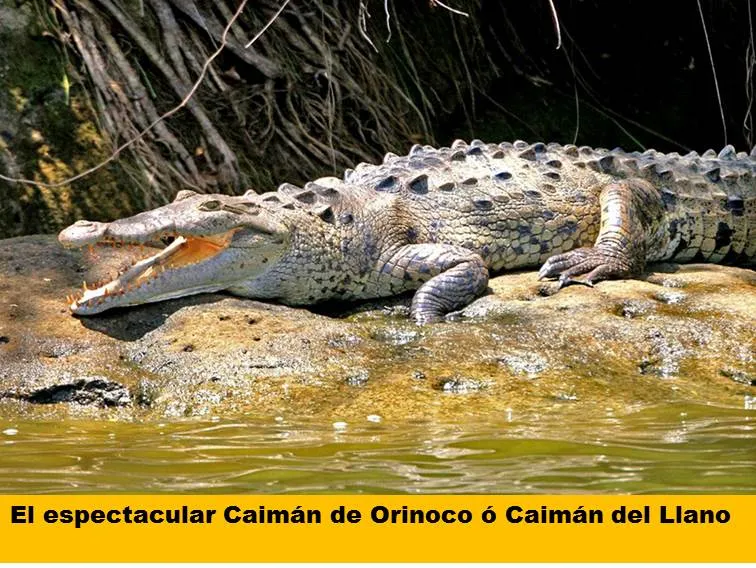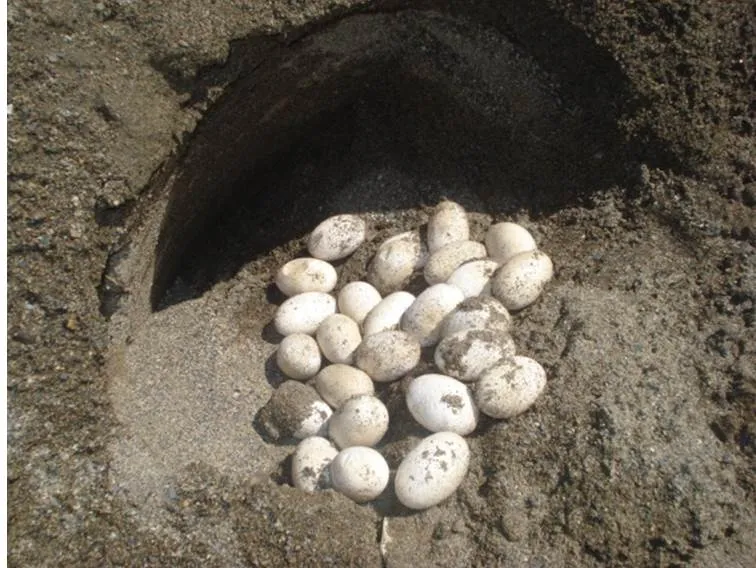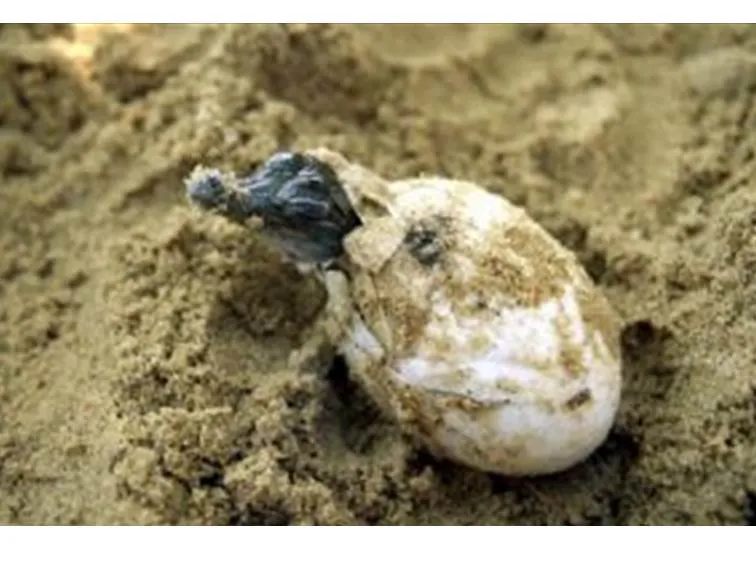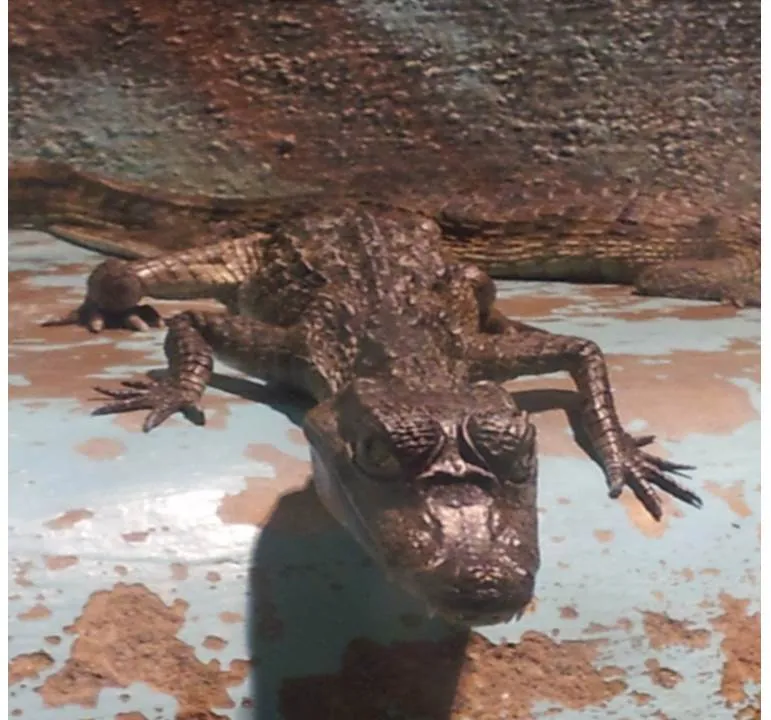First of all a cordial greeting my esteem community steemians, I will give you a brief summary of this reptile that is in danger of extinction, and that is native to our great Orinoco River, from our brother country Colombia to our beautiful Venezuela. The Cayman del Orinoco or Cayman del Llano, is a freshwater crocodile, unlike other crocodiles that are freshwater and saltwater, although it has been seen on the island of Trinidad and is estimated to have good tolerance to salinity . It shows preference for large rivers, it is seen in areas that flood, such as the plains of Venezuela. During the dry season they hide in holes in the ground they make.


Es una especie carnívora. Cuando son neonatos y juveniles, su dieta está basada en grandes crustáceos e insectos, mientras que los adultos se alimentan de peces, aves y mamíferos. La hembra construye un nido, un hueco en la arena donde deposita los huevos. Después de terminada la puesta, la hembra rellena el hueco con la tierra o arena. La nidada usual consiste de 40 a 70 huevos, algunas nidadas son menores a estas cifras.
It is a carnivorous species. When they are neonates and juveniles, their diet is based on large crustaceans and insects, while adults feed on fish, birds and mammals. The female builds a nest, a hole in the sand where she deposits the eggs. After finishing the laying, the female fills the hole with the earth or sand. The usual clutch consists of 40 to 70 eggs, some clutches are smaller than these figures.


Esta especie ha sido cazada por el hombre excesivamente, llegando a ser amenazada su existencia en la naturaleza. Esta foto que muestro a continuación, fue tomada con mi teléfono Samsung Galaxy S2, en el parque Aquarium de Valencia, se muestra un caimán recién nacido y su madre al fondo.
This species has been hunted by man excessively, becoming threatened in its existence in nature. This photo that I show below, was taken with my Samsung Galaxy S2 phone, in the Aquarium Park in Valencia, it shows a newborn alligator and his mother in the background.
